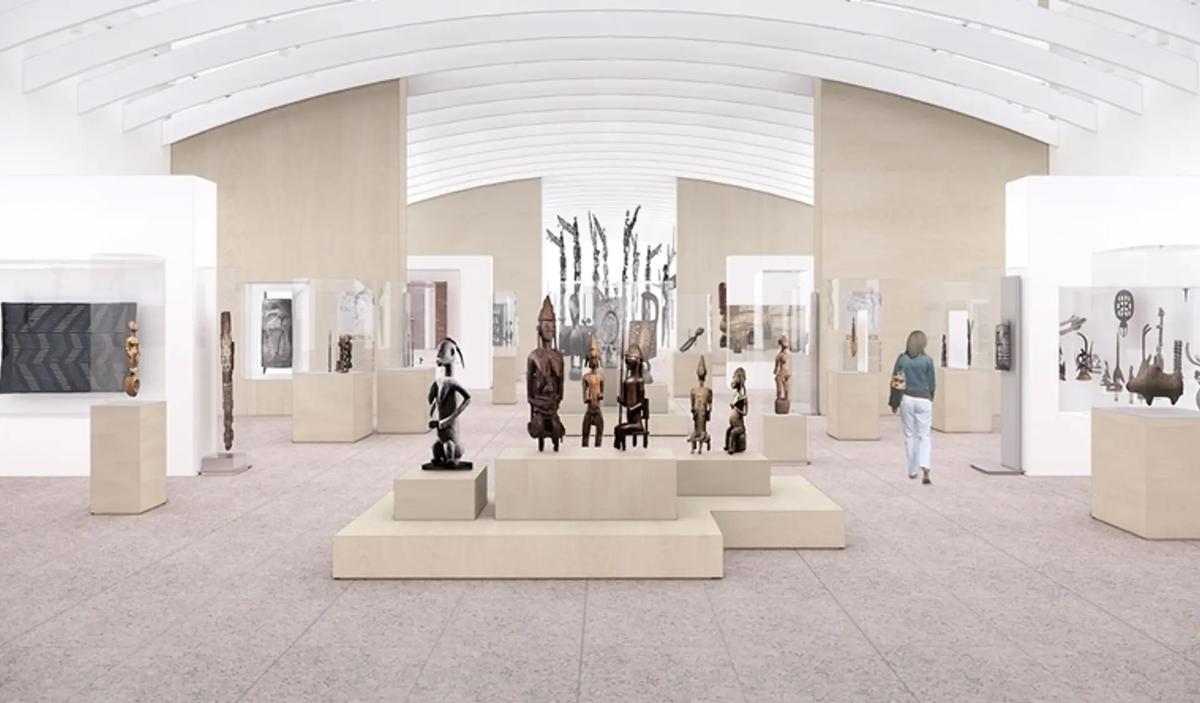Ahead of the 2024 reopening of its previously antiquated galleries of African, ancient American and Oceanic art, the Metropolitan Museum of Art and the World Monuments Fund have announced that the organisations will collaborate on a digital project that aims to bolster the understanding of several historic sites in sub-Saharan Africa, some that have been minimally explored by Western museums.
Components of the project will be available throughout the galleries and online, comprising public programmes, videos, interviews, archival photographs and other content highlighting the aesthetic and architectural history of more than ten African sites. It will reintroduce several artefacts in the collection that expand on Africa’s diverse creative cultural landscapes and art traditions, examine how local communities relate to the heritage and preservation of the sites, and reflect on at-risk sites and the current efforts to preserve them.
Several scholars of African studies have been procured for the advisory committee of the project, including Kwame Anthony Appiah, a professor of philosophy and law at New York University. Appiah inaugurated the initiative in the Met’s annual Paul Mellon lecture this week with a compelling reflection on the relationship between cultural heritage and memorialisation, exploring sites like the Nubian pyramids in Sudan and the Rock-Hewn Churches in Ethiopia.
The Met’s $70m project aims to reinvigorate the 40,000 sq ft. galleries in the Michael C. Rockefeller wing of the museum, a space which opened in 1984 and has not seen major updates since. When it reopens, the galleries will be better illuminated and display nearly 3,000 works in more streamlined fixtures that have increased the number of objects that can be exhibited in the space.

Rendering of the renovated wing. Courtesy wHY Architects and the Metropolitan Museum of Art.
The renovation is being overseen by the New York-based architect Kulapat Yantrasast of the firm wHY, who also led the transformative upgrade of the American Museum of Natural History’s Northwest Coast Hall, which reopened earlier this month.


